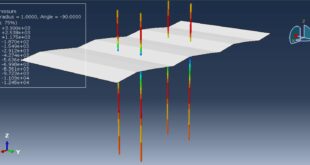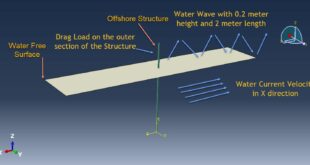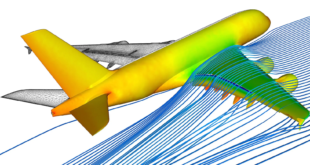In this tutorial, the Analysis of composite concrete steel column using X shape steel section under compression test in Abaqus has been investigated. The steel X shape and concrete column are modeled as three-dimensional solid parts. The steel reinforcements are modeled as wire parts. You can see a figure of the assembled parts below
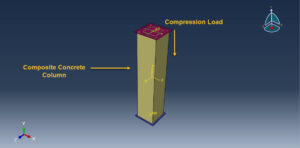
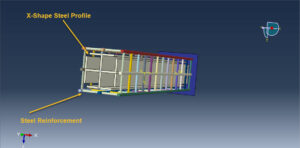
The demand for cost-effective construction materials has increased in recent years, due to the development of quick and intelligent construction processes. Composite concrete elements are now frequently used, especially in high-rise buildings. To meet high-strength column capacity requirements, a column with a large concrete section is necessary, which reduces the available living space in the floor. Larger sections are more expensive, and less spacious floor areas are undesirable. By using composite concrete elements, the regular reinforced concrete column is replaced, and the cross-sectional area is reduced, sustaining acceptable floor areas, a smaller cross-sectional area, and a higher strength capacity
The Concrete Damaged Plasticity model is selected to consider the tension and compression behavior of the concrete column, the model is a continuum, plasticity-based, damage model for concrete. It assumes that the main two failure mechanisms are tensile cracking and compressive crushing of the concrete material. To model steel member behavior, the elastic-plastic model is considered.
A general static step with some changes in the divergence model is appropriate for the compression test analysis. The proper boundary, mesh, and interaction are assigned to all parts.
After the simulation, all results such as stress, strain, tension, compression damage, force-displacement diagram, and others are available. You can see some figures of the results below
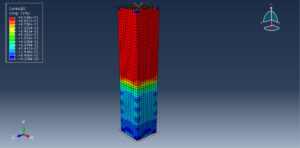
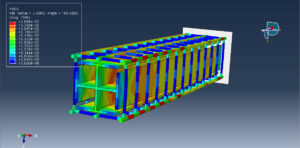
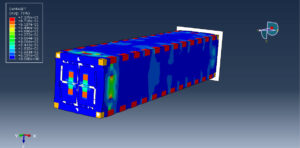
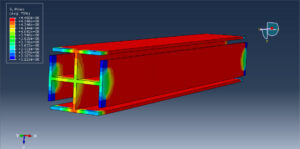
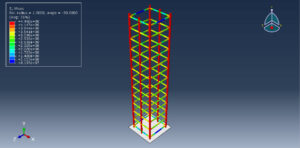
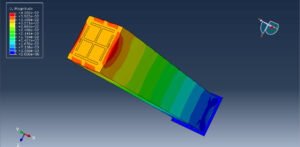
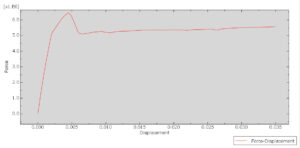
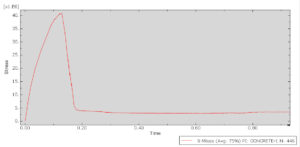
 Abaqus tutorials Abaqus tutorials
Abaqus tutorials Abaqus tutorials
